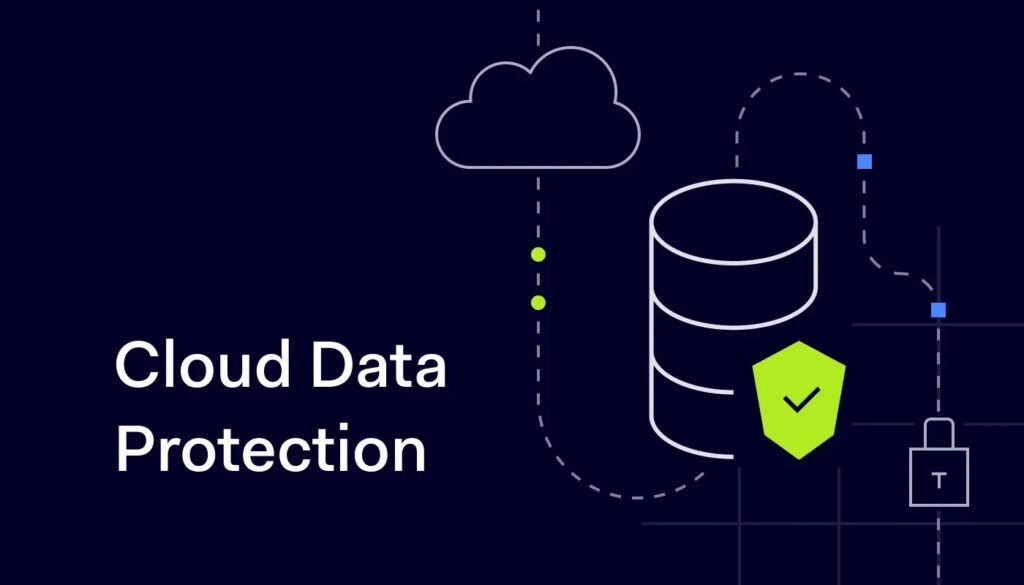
Securing their AWS infrastructure is crucial as more and more businesses use cloud computing. Although Amazon Web Services (AWS) provides a strong and secure platform, users are responsible for putting their security measures in place and maintaining them. In order to protect your AWS environment, this article describes fundamental security best practices, including IAM policies, encryption, and compliance tactics.
Implementing Robust Identity and Access Management (IAM)
AWS security is based on Identity and Access Management (IAM). By assigning particular rights to users, groups, and roles, IAM helps you manage access to AWS resources as part of aws cloud management best practices. Start by giving users only the rights necessary to do their responsibilities, in accordance with the principle of least privilege. Create distinct IAM users with customized permissions rather than using the root account for routine tasks. To increase security, make sure all users are using multi-factor authentication (MFA). IAM policies should be reviewed and updated frequently to make sure they continue to meet the changing security requirements of your company.
Leveraging Encryption for Data Protection
Protecting data while it’s in transit and at rest requires encryption. For data stored in S3, AWS provides a number of encryption choices, such as Server-Side Encryption (SSE) and Client-Side Encryption (CSE). Encrypt client-application communication when data is in transit by using HTTPS. To safely handle encryption keys, use AWS Key Management Service (KMS). Think about your unique security needs and compliance responsibilities when selecting an encryption technique. Sensitive information is safeguarded even in the case of unwanted access thanks to properly implemented encryption.
Establishing Compliance and Governance Strategies
Compliance and governance are needed to secure AWS. GDPR, PCI DSS, and HIPAA compliance is supported by AWS services. AWS configuration lets you track resource configurations and identify deviations. AWS CloudTrail logs API calls to your AWS resources for security investigations. Apply governance and security best practices to all AWS accounts and regions. Audit your environment regularly to detect and repair vulnerabilities.
Monitoring and Logging for Security Insights
Monitoring and logging are crucial for security event detection and response. AWS CloudWatch offers complete monitoring of AWS apps and resources. Alarms can alert you to unwanted access attempts or unusual network activity. AWS CloudTrail logs API calls to your AWS resources for security investigations. Integrate logs with SIEM systems to correlate events and identify threats. Monitoring and logging can help you notice and respond to security events promptly.
Conclusion
Your AWS cloud architecture needs a comprehensive and proactive security plan. Strong IAM policies, encryption, compliance strategies, monitoring, and logging can protect your data and environment. Regularly evaluate and enhance security to stay ahead of new threats. By following these recommended practices, you may use cloud computing safely while protecting your data.







